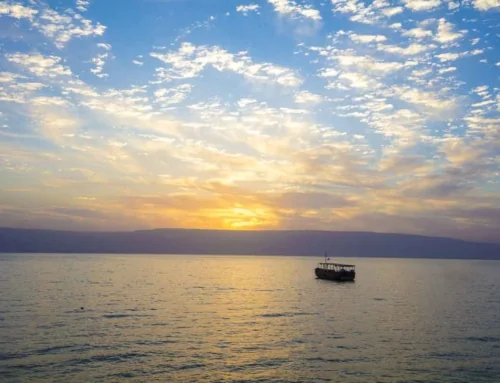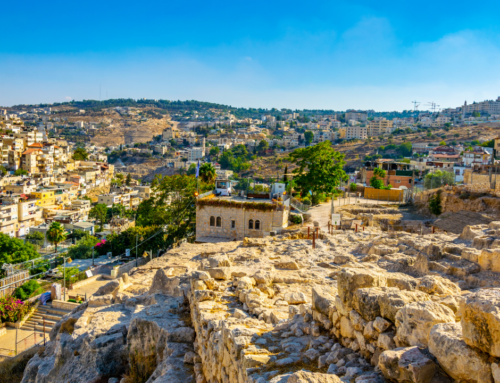Just 10 days after the festive Rosh Hashanah welcomes the new year on the Hebrew calendar, the holiest day of the Hebrew calendar comes, in the middle of what is called the High Holy Days. The High Holy Days are a series of holidays celebrated on the Hebrew calendar in the the month of Tishrei. The reason for the day is to make an atonement or penance for sins. This would have been one of the main holidays that people would travel to Jerusalem for, to the Temple when they stood and now to the Western Wall.
The book of Leviticus mandates the observance of this day of atonement in Leviticus 16:29 and Leviticus 23:27 to have a day of ceasing all activities to make an atonement for sins against the Lord. It is a very solemn day that including putting yourself in a state of discomfort through fasting food and often water, marital relations and for some even wearing lotion, bathing, and wearing leather shoes.
This day stems from the sin of worshiping the golden calf while Moses was getting the ten commandments from the Lord. Moses destroyed the tablets upon viewing the treachery. Afterwards, the people asked for forgiveness and made atonement. This pleased the Lord and he granted them with another set of the commandment tablets.
The fast is marked by people usually saying something in regards to having an easy fast. One popular saying is “yom tov” or “good holy day”.
As well as being known as the Day of Atonement, but also as the Sabbath of Sabbaths, though the day does not always fall on the traditional day for sabbaths, which is Friday at sundown until Saturday at sundown.
There are no radio or television broadcasts or public transportation of any kind. This year, with the covid-19 lockdown in effect, many services and places of businesses are shut down until the lockdown is lifted, but this is also common for Yom Kippur every year.
Typically people would go to very long services at their synagogue and perhaps go pray at the Western Wall, but due to coronavirus lockdown restrictions, this, like so many things, has changed for this year. Even the Great Synagogue in Jerusalem has closed for the duration of the High Holy Days for the first time in its history, first opening its doors in 1958.
Typically, a large meal is prepared for lunch the day before the fast and then a festive meal is prepared in order to break the fast. Typically it is started with foods that will not overwhelm the system after fasting. Also, because of restrictions on working at all on the day, no preparations for a large meal can be made. Therefore the feast usually includes items such as bagels and lox, and casseroles which were prepared before the start of Yom Kippur.







